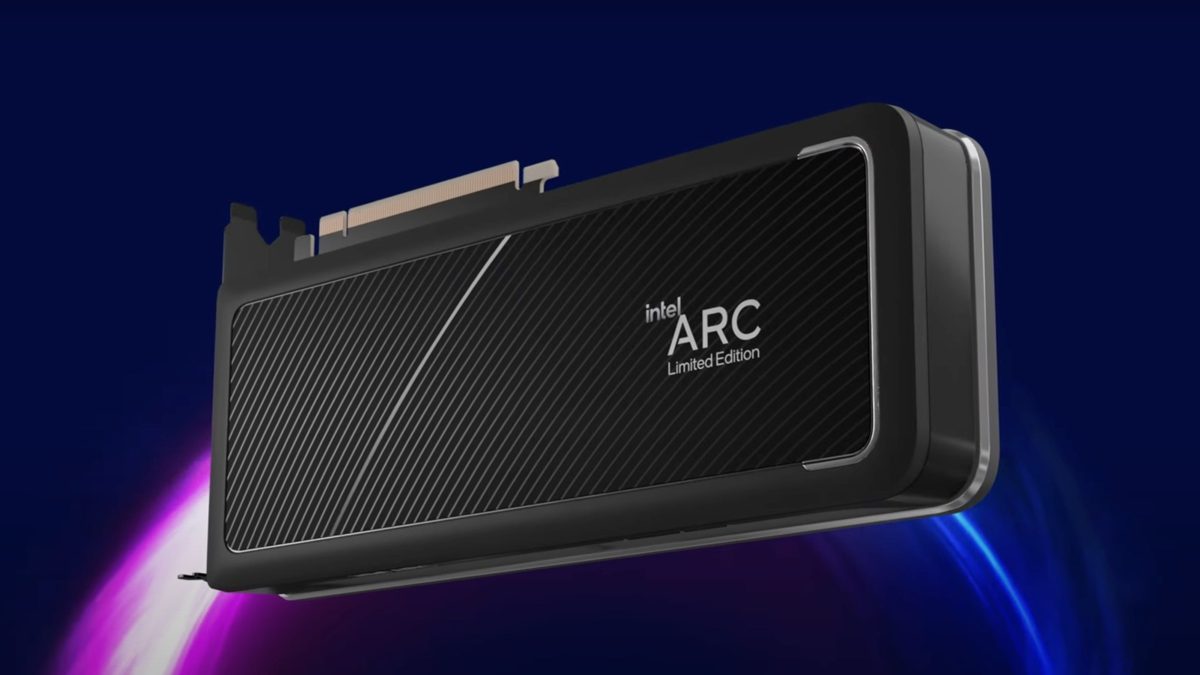Intel’s Arc GPUs won’t just be for PC gamers. The company is expanding the graphics line to also target professional users, such as 3D artists and architects.
The company is doing so through a new “Arc Pro A-series” range of GPUs, which Intel announced on Monday. They’re slated to arrive for both desktop and laptop workstations, which will put them head-to-head with rival GPUs from Nvidia and AMD.
To target laptops, Intel is preparing the Arc Pro A30M GPU. For desktops, the company is planning the A40, a single-slot graphics card, and the A50, a dual-slot card. Both will be meant for “small-form factor” PCs, suggesting they’ll operate as lower-end GPUs.
Intel’s announcement was mum on details, including specs, pricing, and an exact launch date. But the Pro series will feature “built-in ray tracing hardware, machine learning capabilities, and industry-first AV1 hardware encoding acceleration,” the company said.
Intel added that the first Arc Pro A-series GPUs will arrive sometime later this year through “leading mobile and desktop ecosystem partners.” So it sounds like the desktop Arc Pro graphics cards will only be available inside pre-built workstation PCs.
The current challenge facing Intel’s Arc series has been limited product availability. The company has been slow to launch the gaming-focused Arc GPUs outside Asia amid rumors of sagging support from third-party vendors. The other issue has been optimizing the Arc GPUs to play well with older PC games.
That said, Intel insists that the first Arc desktop GPUs will launch globally before the end of Q3. In the meantime, the company plans on demoing the first Arc Pro A-series GPUs later today during SIGGRAPH, the annual computers graphics conference, in Vancouver, Canada.
The company also noted that Intel Arc Pro GPUs are “targeting certifications with leading professional software applications within the architecture, engineering and construction (AEC), and design and manufacturing (D&M) industries.”
.

